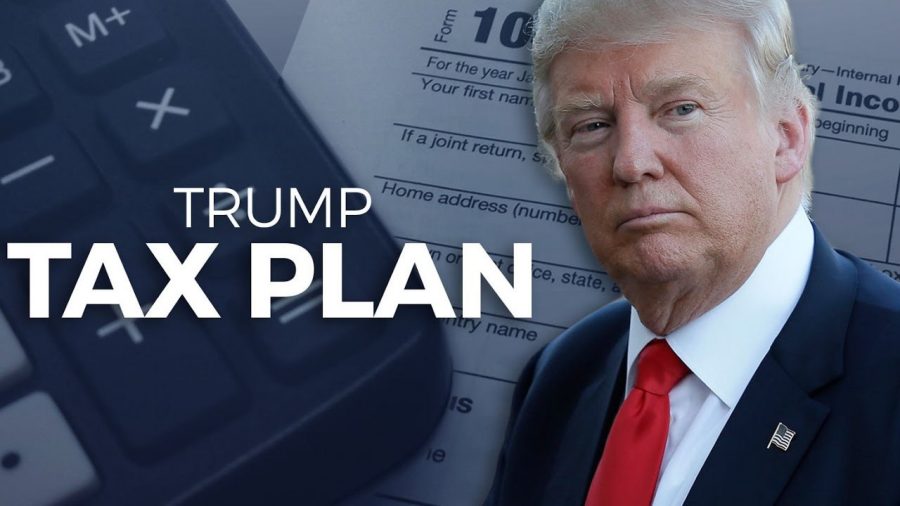A Look at Trump’s Tax Plan
On December 22nd, 2017, President Donald Trump signed the Tax Cuts and Jobs Act. The rest of the government then approved the new tax plan. At the beginning of this year, those changes went into effect.
This tax plan is unambiguously right-leaning but veiled behind the potential for total overhaul of all economic indicators. The main cost however, is the fact that within a healthy economy congress has been fighting to implement what CNN calls “recession-fighting bullets.” Since the economy is not in, nor readily approaching, an economic depression or recession there is room to play with cutting taxes to corporations. That is seemingly what this tax plan does… cut taxation on companies and meld the tax brackets. With corporations freed of strict taxation, theoretically there should be somewhat of a boom in the economy. Many criticize this philosophy and way of thinking because when recession or war hits the country unexpectedly, congress will have much less ammo to pay away the problem with. The fact is, running a deficit in a full-employment economy is a risky move seeing as there are easy ways to ensure a positive economy for years to come. The counterargument is the idea that this tax cut (almost 15% to businesses) will bring back American jobs. Committees formed to oversee this $1.5 Trillion dollar tax plan foresee it only paying off $408 Billion dollars in value to the United States. There is no doubt that this will positively effect most Americans, whether it be employment, or pricing of goods produced domestically, however there is also no doubt that this tax plan will make the next downturn worse than 2007-8. The plan cuts income tax rates, doubles the standard deduction, and eliminates personal exemptions. This encourages business owners and those who run funds to get their exemptions from their stores and companies because fewer personal exemptions are granted. A positive is that inflation will not affect the tax bracket that one finds themselves in because this tax plan uses the chained consumer price index. Overall, this is a mixed bag, but will likely prove to help America in the short run.
Many students were concerned and some were even unaware of the change. Senior Brian Levesque said “We’ll see how it goes, the US is a big ship so it won’t take one small wave like this to knock us in any direction or the other,” noting that tax plans may help or hurt in the short run, but over the course of time, they would not be too much of a hindrance. Fellow Senior Donovan Leftwich joked “I’ll tell you how I feel about it the next time I see the deductions off my paycheck,” showing that he was holding out on his opinion until he found what personally affected his life.
For those who are supremely opposed, the bright side is that it only lasts from 2018 to 2025 at most.



